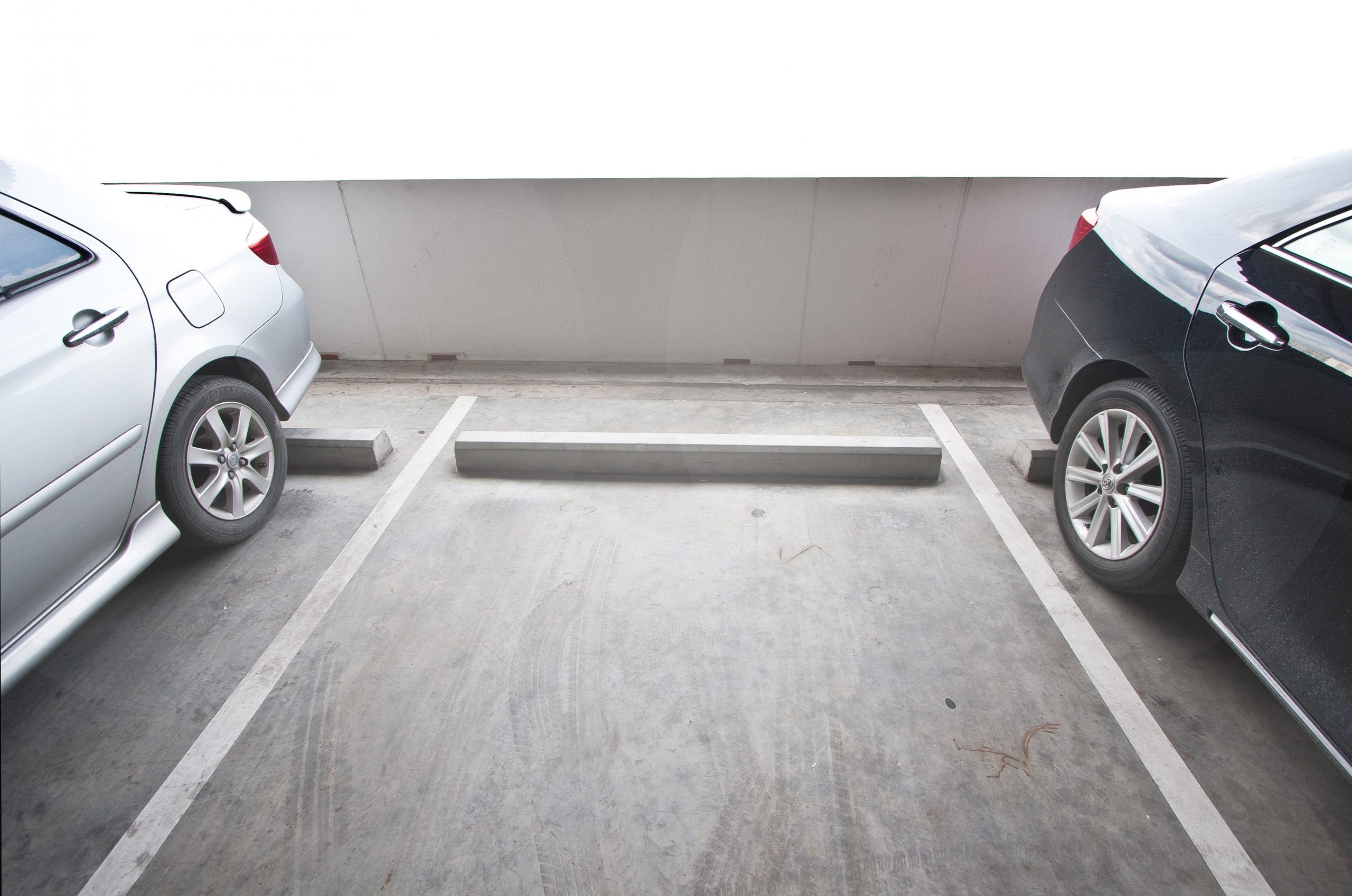
How Wide Is A Parking Space?
For those researching how wide is a parking space, please note that the exact dimensions of a parking space are based on local factors and regulations, including the angle relative to the curb, parking lot traffic, and overall accessibility.
With a total of 105 million to 2 billion parking spaces in the United States alone, answering the loaded question of how wide is a parking space can be a bit complex. After all, even though the width of an average car is about 6 to 6.5 feet, there are larger vehicles on the road that need a place to park as well. To provide some insight and answer the question, “How wide is a parking space,” below is a comprehensive guide that covers parking space dimensions based on location, design, and the strict legal requirements.
What Are the Dimensions of a Parking Space?
For starters, it is a safe guess that everyone who drives or is researching how wide is a parking space knows what a parking space is in the first place. They understand that the allocated parking area is in between the painted markings on the ground. If there are any limitations, such as reserved parking signs, then the driver needs to abide by those if they don’t want to face a hefty fine or ticket. But one thing that you may or may not have noticed is that each parking spot dimension varies.
- Standard Parking: This is the one people may be the most concerned about. For average parking spaces, the size tends to be around 7.5 to 9 feet in width and about 10 to 20 feet in length. It’s important to note that oversized standard parking widths can pose a higher accident risk and reduce the number of parking spaces available as a whole. The dimensions of the standard size actually make it easier for people to pull in and back out safely.
- Accessible/Handicapped Parking: According to the Americans with Disabilities Act (ADA), accessible parking space dimensions must be at least 8 feet wide for standard vehicles and at least 11 feet wide for van-accessible spaces. Along with this, there must be an access aisle for both variations that are at least 5 feet wide.
- Truck and Trailer Parking: Trucks and trailers cannot park in a standard or handicapped spot. To accommodate their larger size, spaces designated for these vehicles need to be at least 15 feet wide and about 30 to 40 feet in length.
So, How Wide Is A Parking Space?
How wide is a parking space? The final answer to this question is: it depends. Though there is no one-size-fits-all scenario, and each establishment can differ drastically, it will likely never dip below 7.5 feet wide. In fact, most places across the United States have made that the bare minimum requirement – developed by both the ADA and federal government. But don’t be surprised if you come across a wider one! A width of 8.5 feet is most common when accommodating wider cars, and some parking spaces are even 10 or 20 feet wide, if the areas are angled or there is a special parking situation.
In the end, understand that there is a lot that goes into creating parking spaces and establishing their sizes. Between the ADA requirements – such as 1 out of 8 lot spaces needing to be dedicated for larger vans and every parking lot needing at least one wider handicapped space – the dimensions are rigorously calculated to accommodate the demand needs. And though there are different rules for different countries, know that if you have an average-sized vehicle, you should fit just fine in most places, even if it might be a tighter squeeze in some areas versus more generous locations.
